The time has come to sell your beloved automobile; make sure you're presenting it properly!
Proper and consistent photos showing the details and overall condition of the car are key. This guide will assist you in presenting your vehicle to potential buyers in the best way.
You do NOT need expensive camera gear to do this; Any modern smartphone will suffice.
For best results, follow this guide as closely as you can.
First Steps
Have the car washed and vacuumed, making sure to remove any personal belongings to make sure the photos are clear of clutter and accurately show the vehicles condition.
Have the car washed and vacuumed, making sure to remove any personal belongings to make sure the photos are clear of clutter and accurately show the vehicles condition.
A good location is just as important as the car itself
Avoid taking pictures in a busy or cluttered area as shown below. We want the full attention to be on the vehicle that's being listed, not any other distractions around it.
Avoid taking pictures in a busy or cluttered area as shown below. We want the full attention to be on the vehicle that's being listed, not any other distractions around it.
Try to take photos either early in the morning, or closer to sunset when the light is best. If you have no choice but to shoot mid-day, find a shaded area like a parking garage or a wooded park area if possible.
Cloudy days can also be your friend as the light is easier to manage.
The key to clear, mid-day shooting is to avoid the direct sunlight whenever possible.
If closer to sunrise or sunset, please do not use the flash settings. If flash is necessary, try moving the car to a brighter area, or try again at a different time.
Angles and Orientation
We're all used to taking photos vertically with our phones, but in this instance turn your phone in the horizontal/landscape orientation.
Situate yourself roughly 10' from the car, and keep your phone (or camera) positioned somewhere between chest and waist high; eye-level photos that look downward on the car are less flattering!
Be sure to keep the entire car in the frame with some margins on each side.
Be sure to keep the entire car in the frame with some margins on each side.
Keep the car level and straight throughout your photos, it will help the listing flow more consistently and look professional.
All the doors should be shut, and insure windows are fully up.
Exterior Photos
• 10-15 Photos •
Start at the front left corner of the vehicle and work your way around.
Take at least the 8 basic angles shown below. Do the basic walkaround photos first, before any further detail shots, etc.
You should end up with something like this:

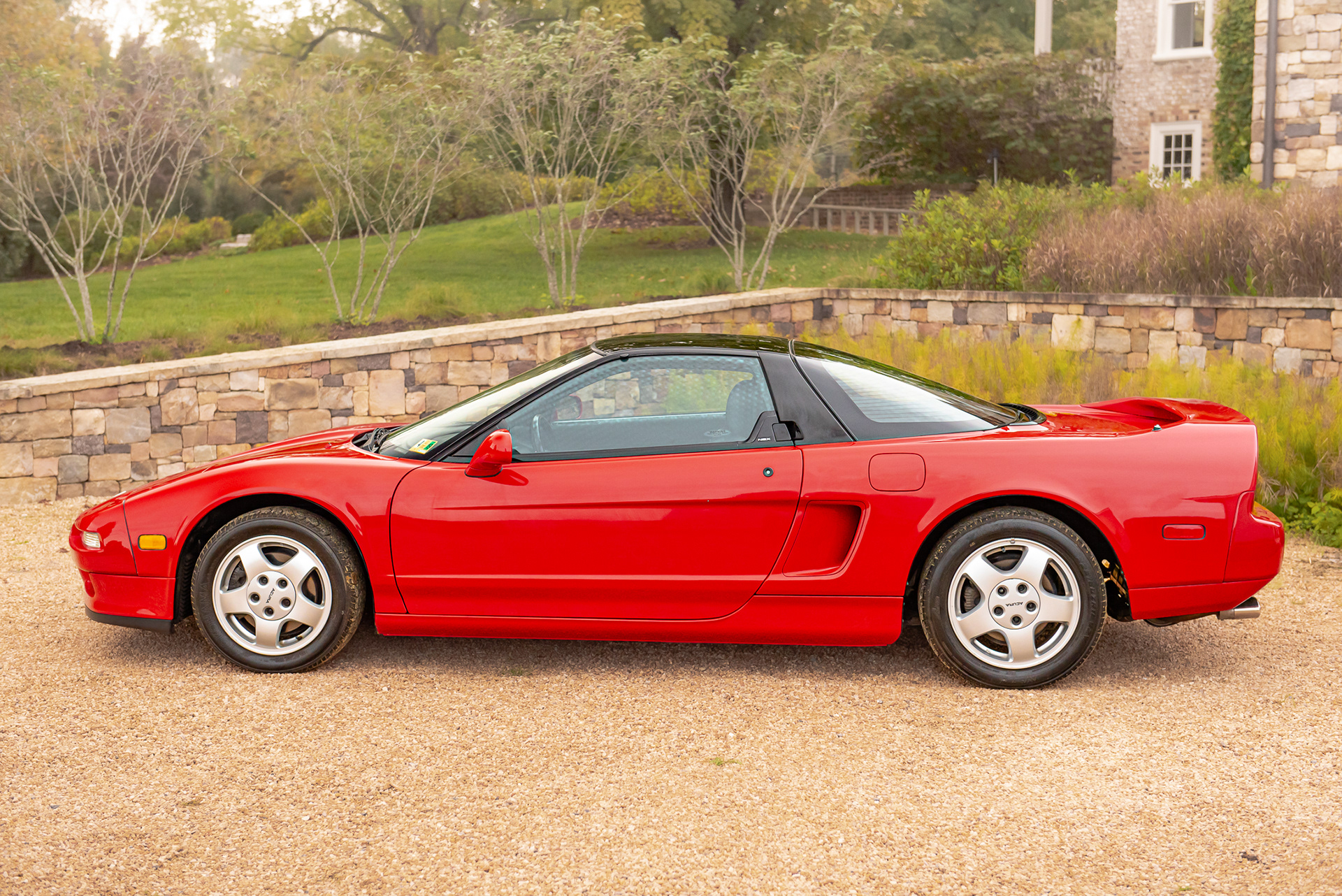
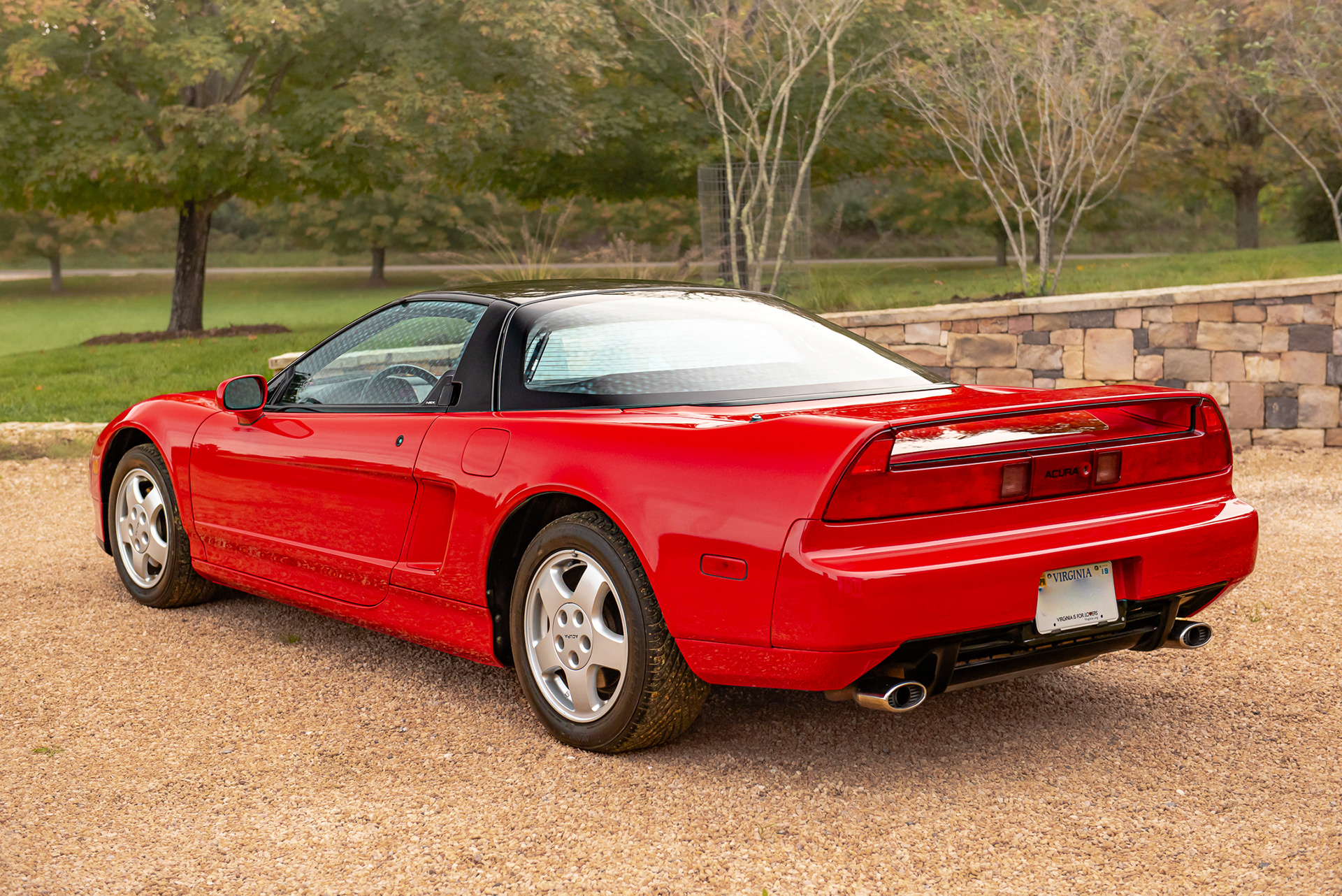
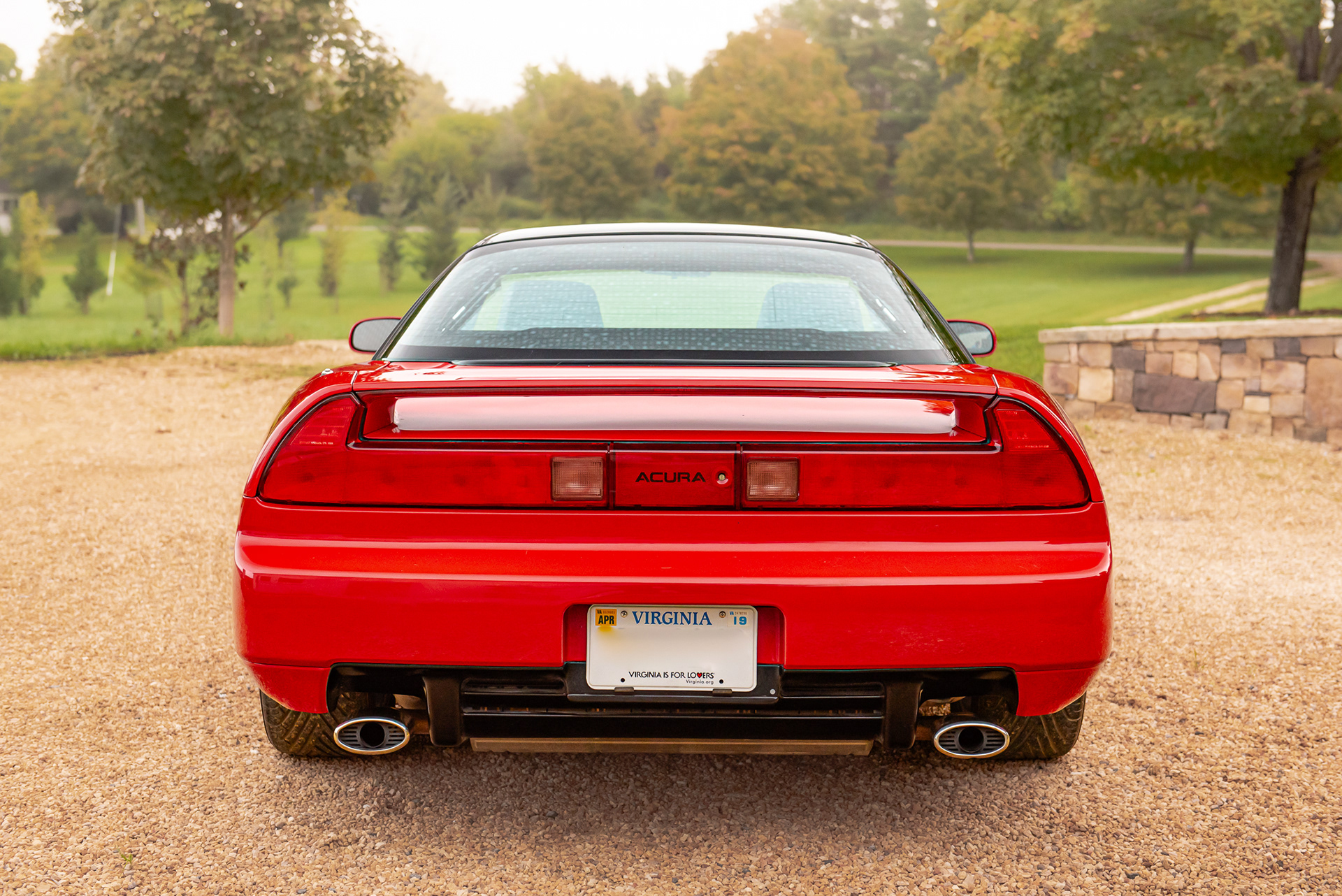

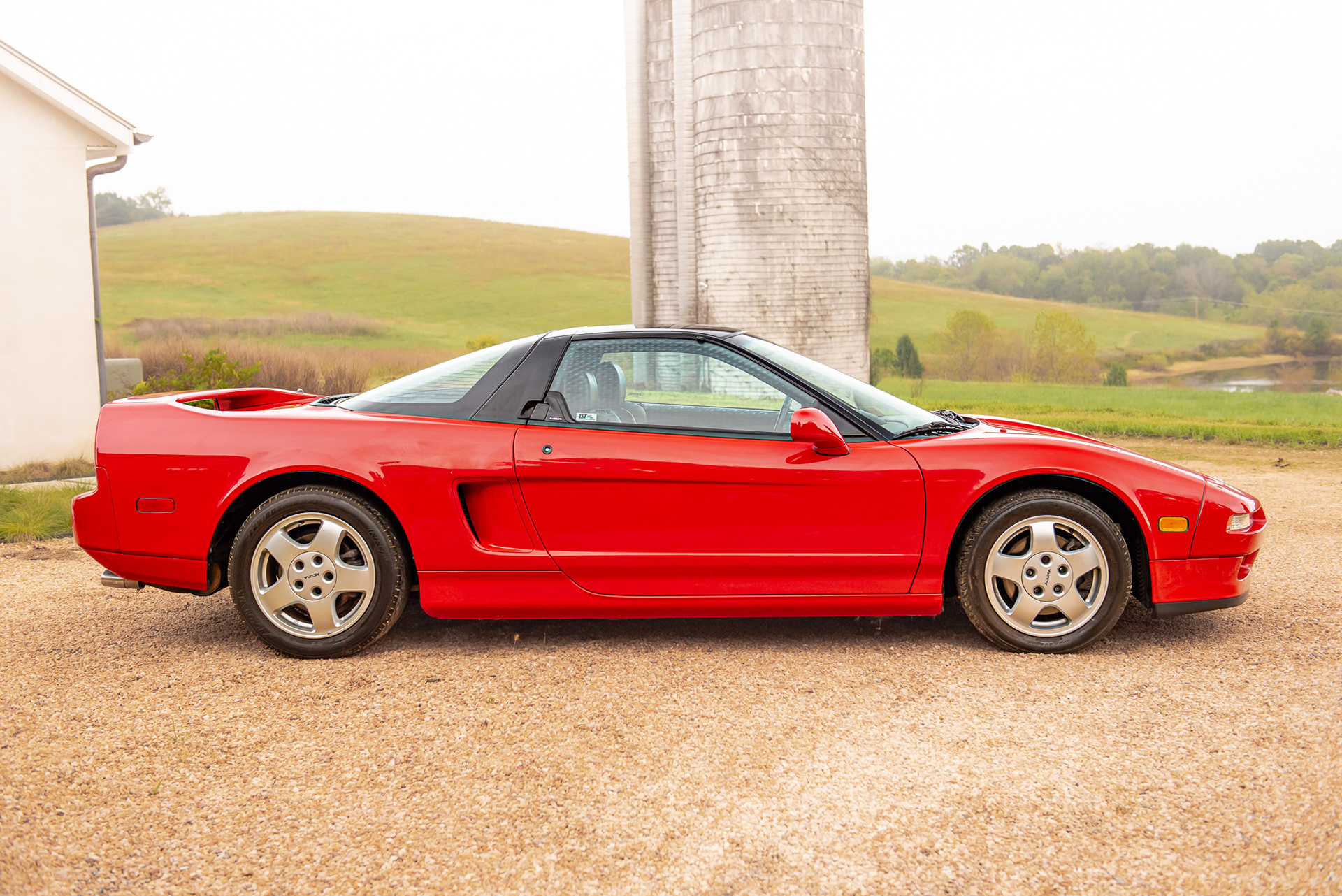
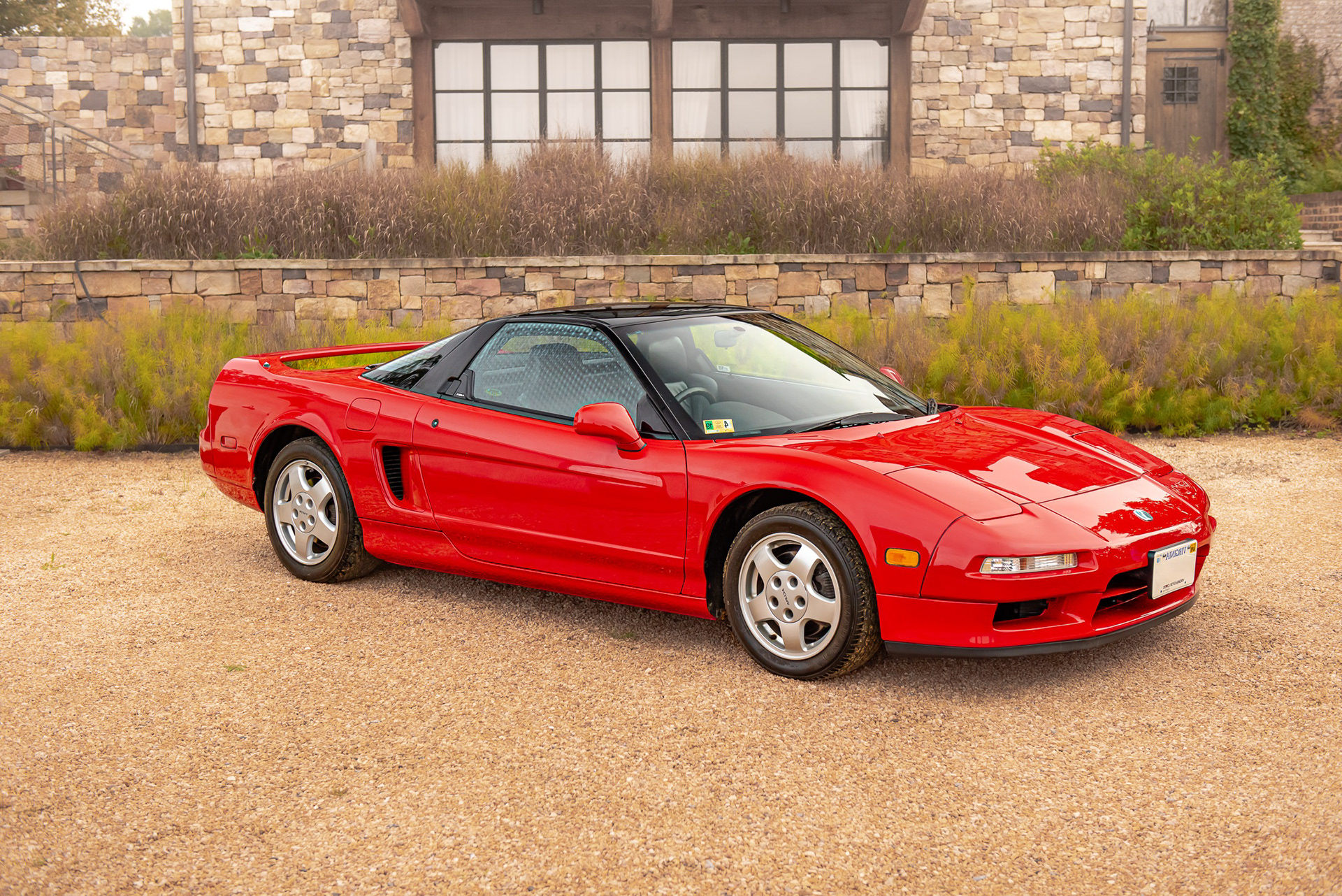

Details
• 5-8+ Photos •
Now that you've gotten the basic angles, you can focus on the smaller details and any notable defects to show potential buyers
Do not try to hide anything, as it will slow down the buying process or even hinder the ability to sell!
Even if your car is "mint condition", try to find anything that a potential buyer may want to be aware of as far as blemishes.
Also take photos of the VIN plates and any other labeling that may contain pertinent information.
If the vehicle has additional features such as a convertible top, pop-up headlights, or anything removeable, be sure to show these features functionality here.
If the vehicle has additional features such as a convertible top, pop-up headlights, or anything removeable, be sure to show these features functionality here.
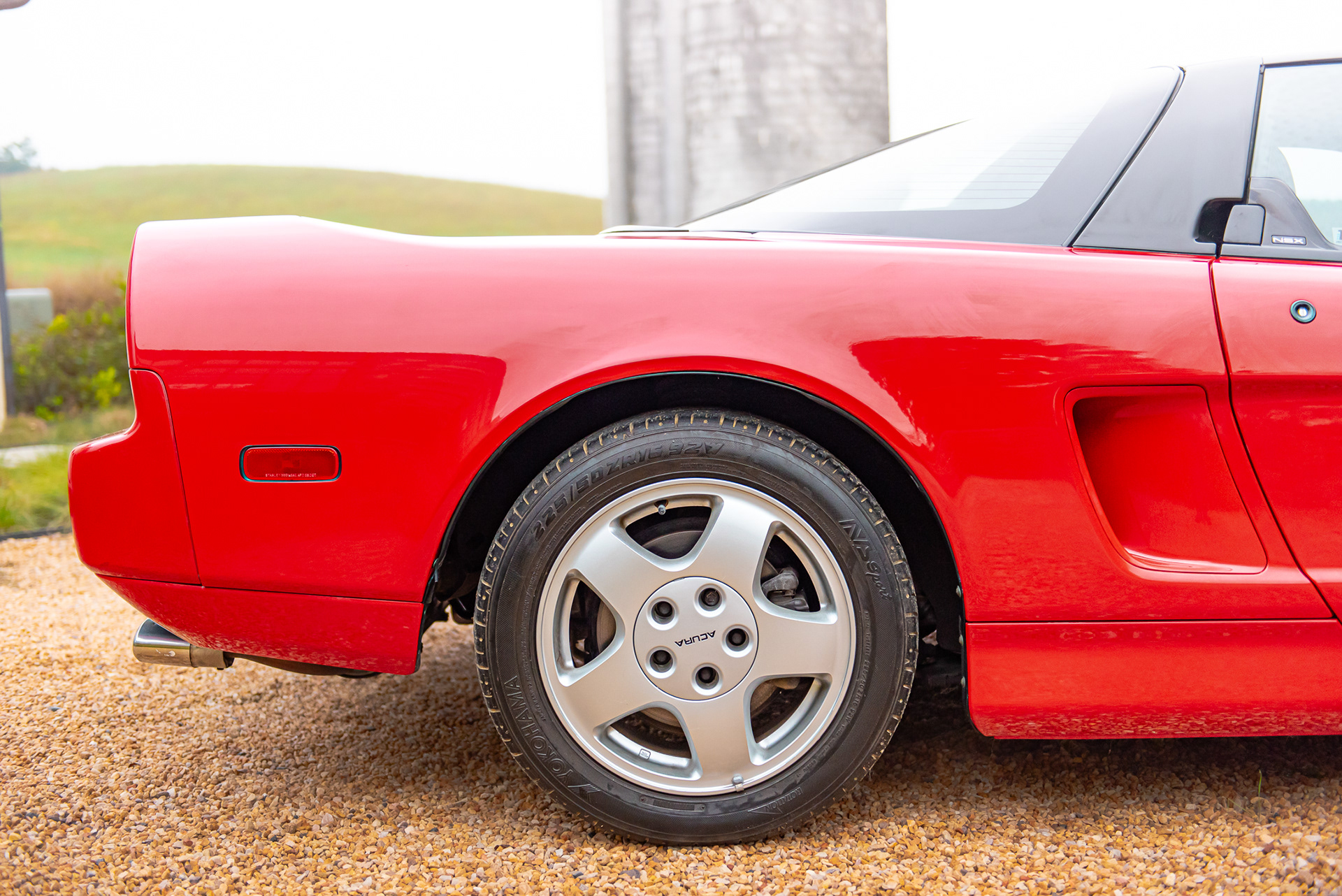


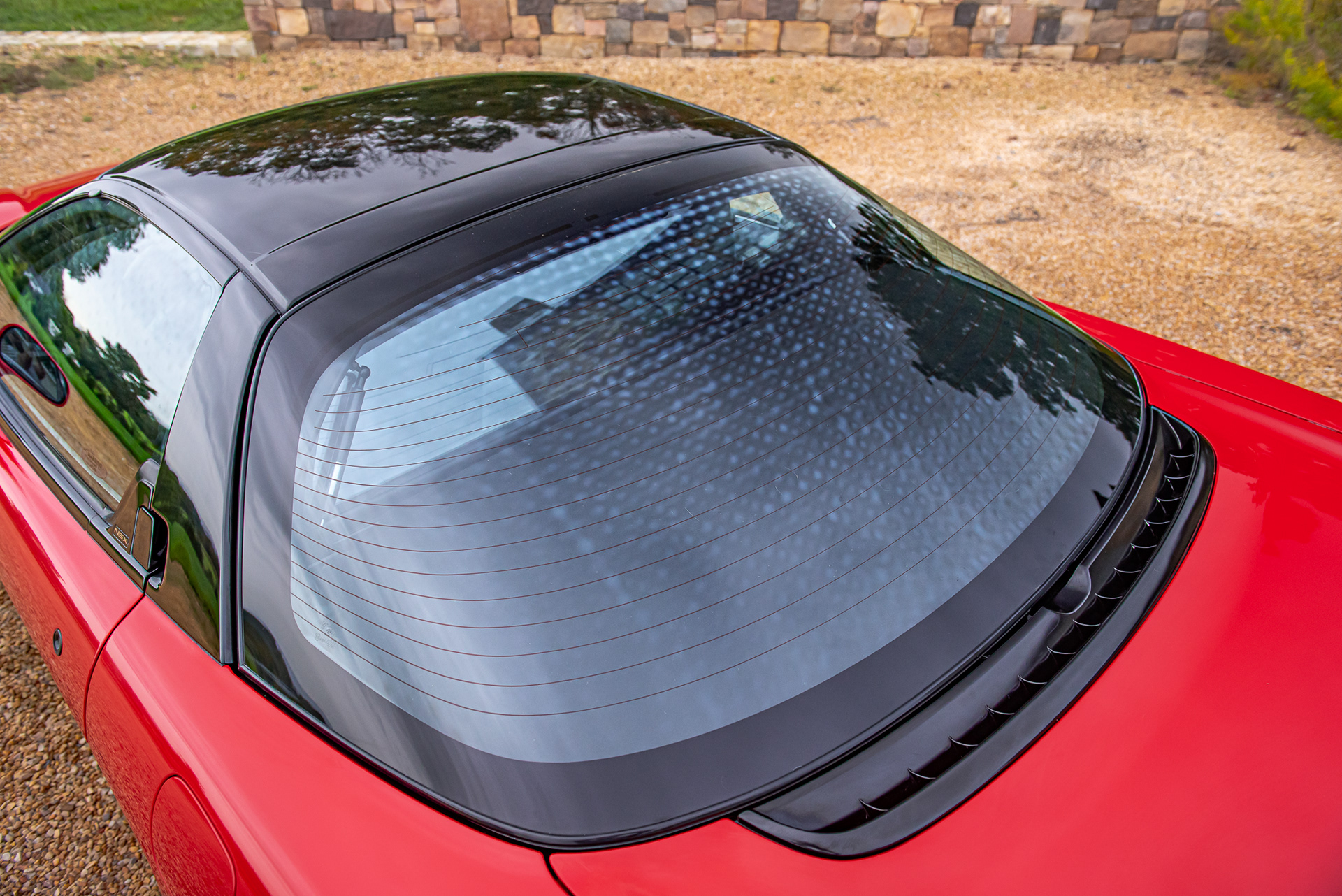

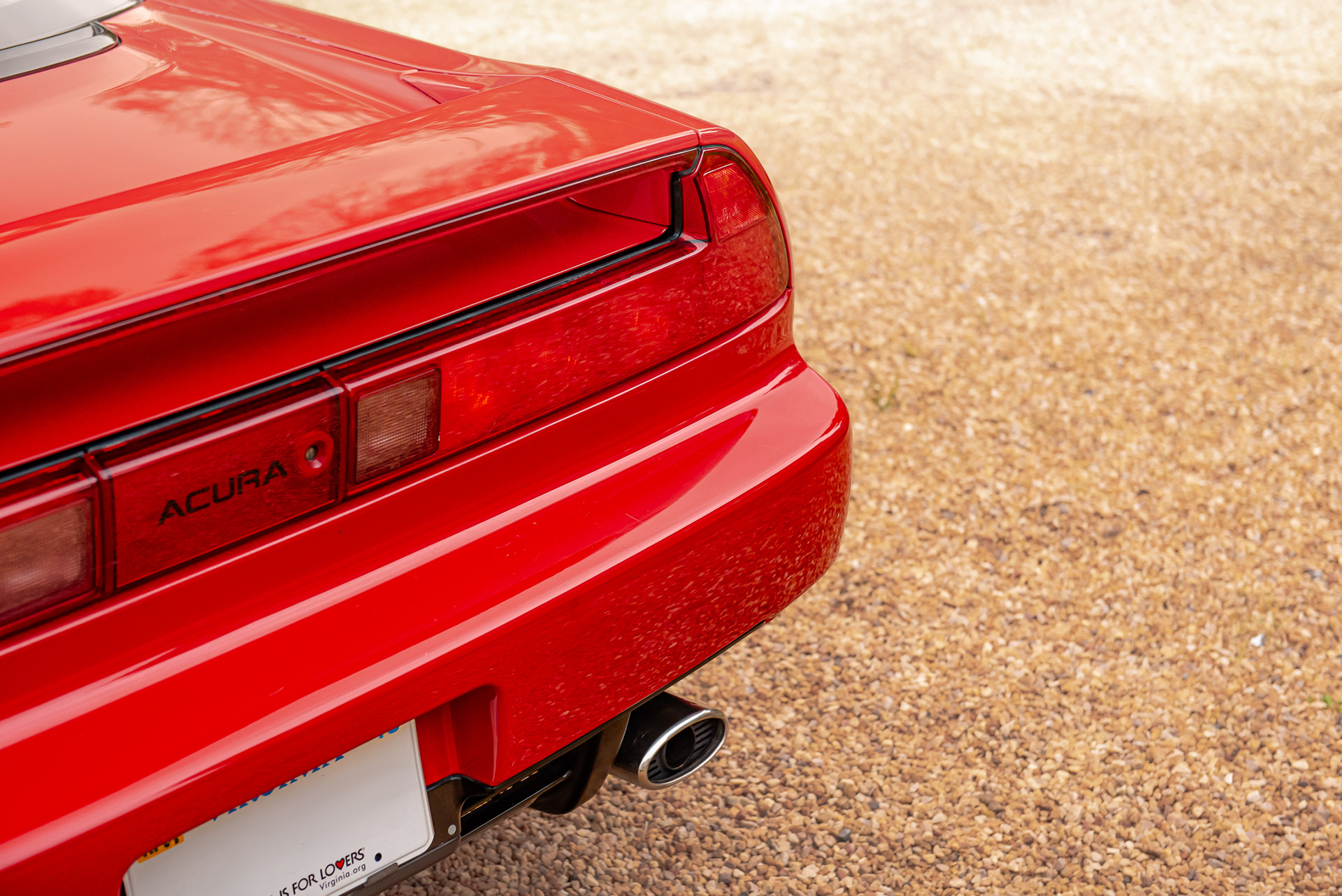
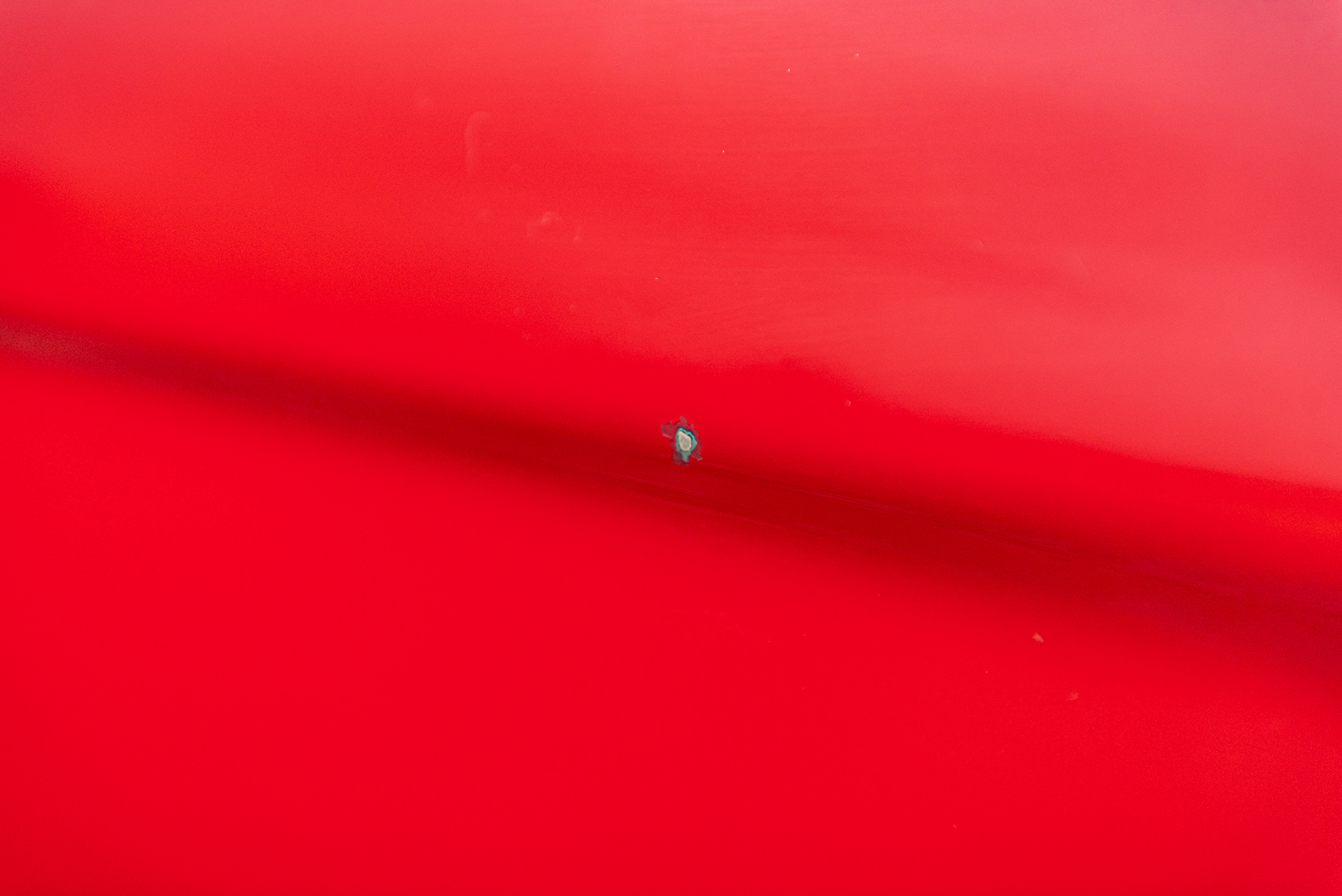

Interior
• 6-10 Photos •
After the exterior shots, we are looking at the overall condition of the interior.
Take a photo from each door looking in, including the door panel, door jambs, etc.
Then move on to closer shots like the dashboard, steering wheel and gauges. Don't forget to show the gauges powered on AND the current mileage!
Seats are one of the most important things clients are looking for, so make sure to get a couple of each seat from multiple angles.

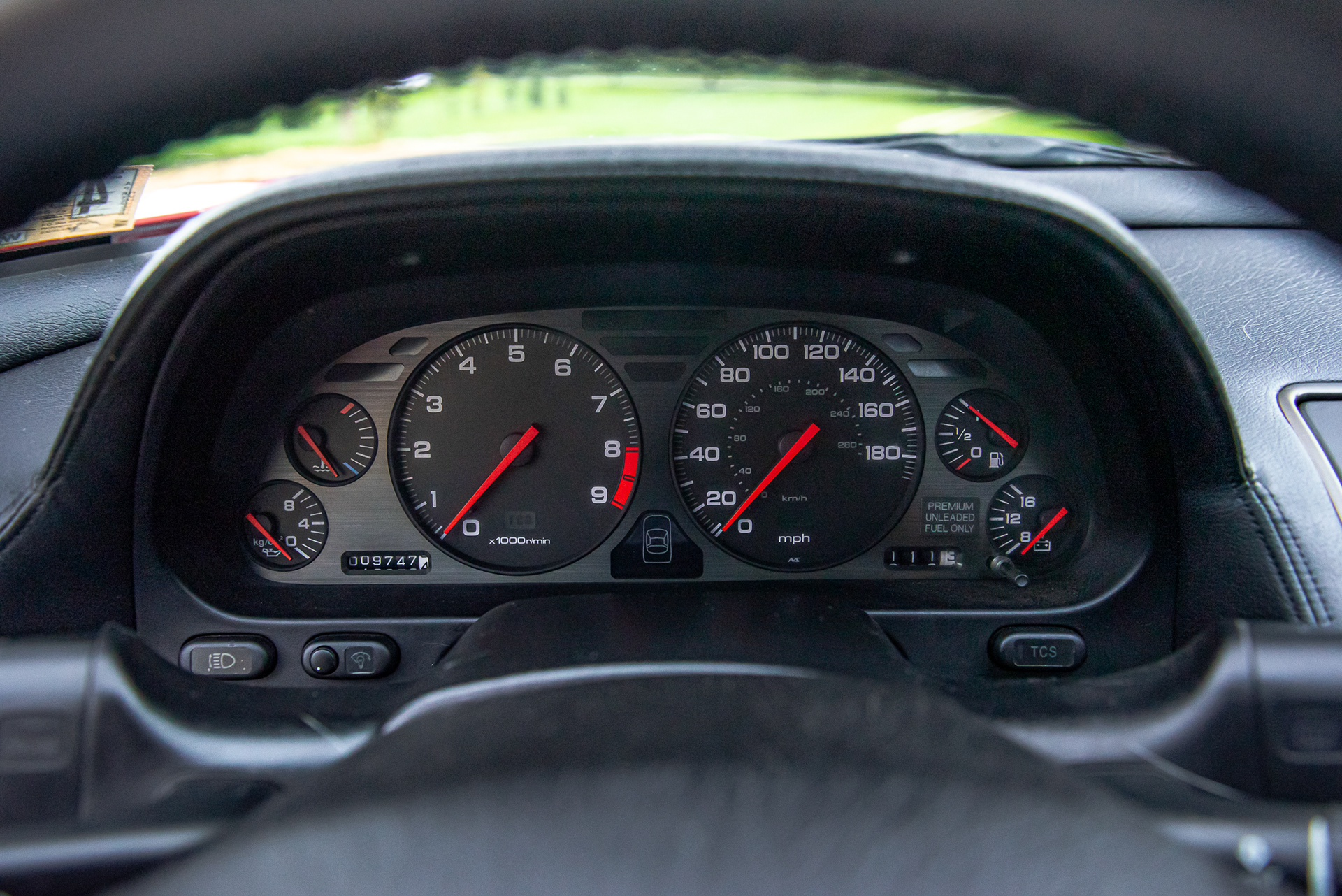
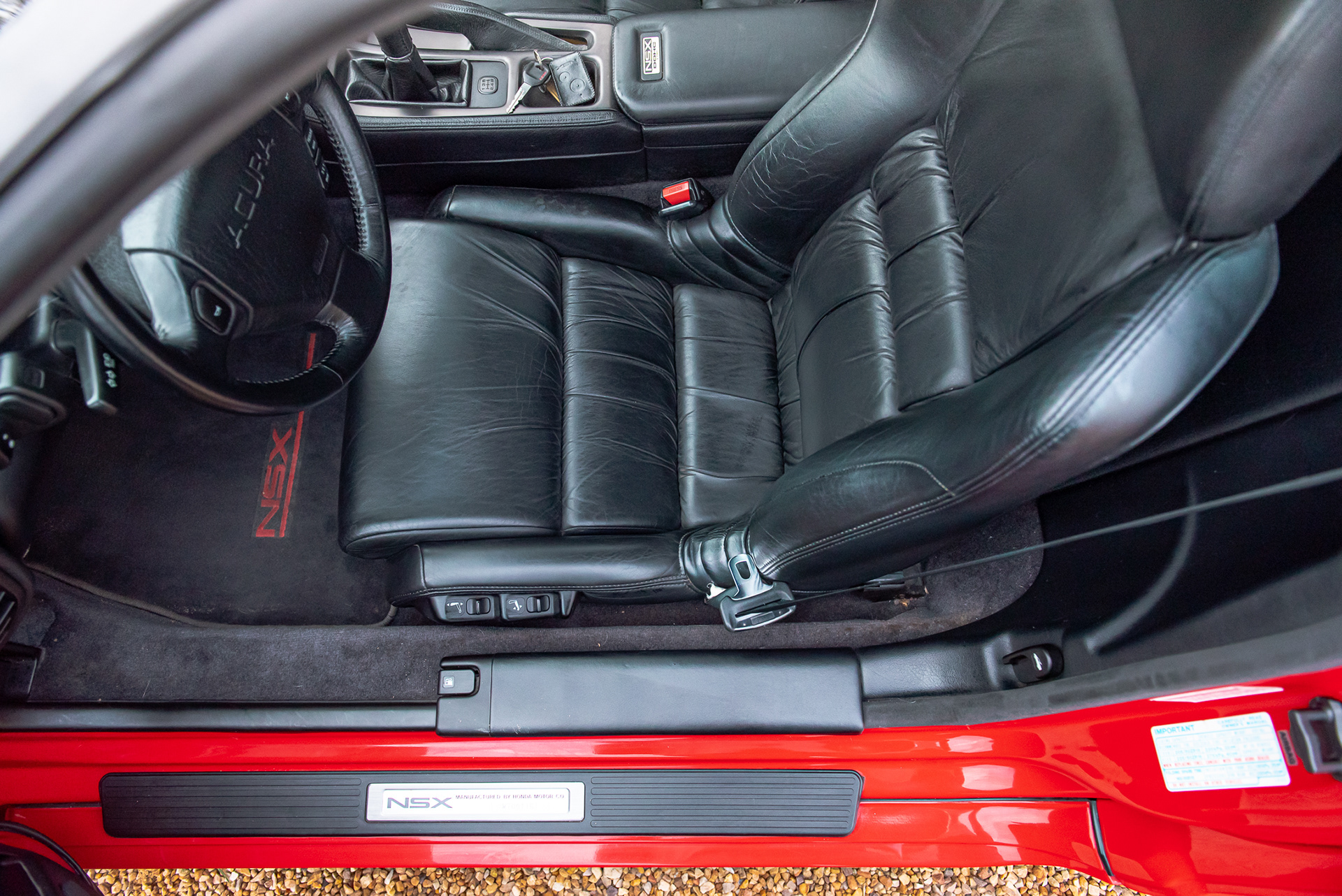
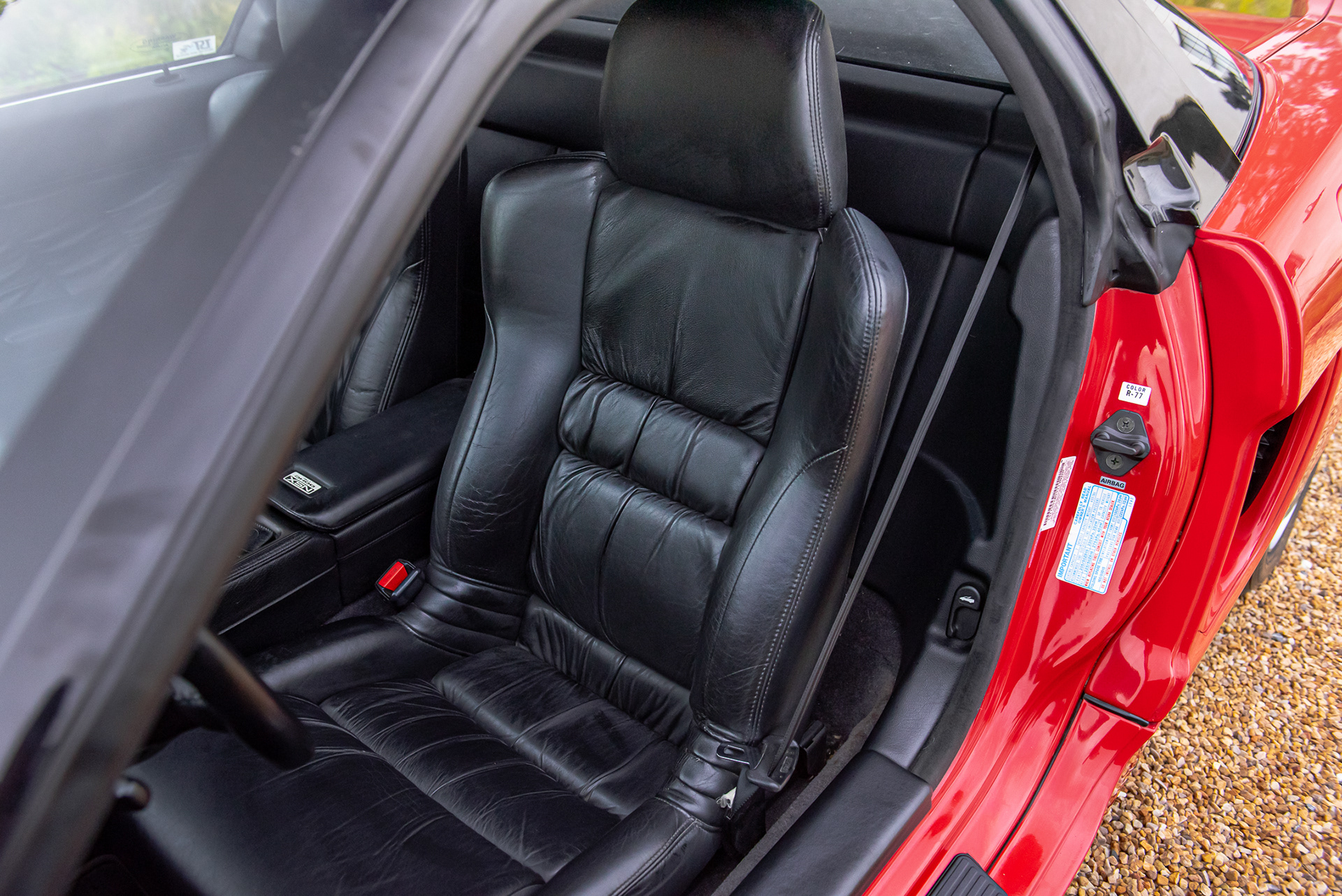
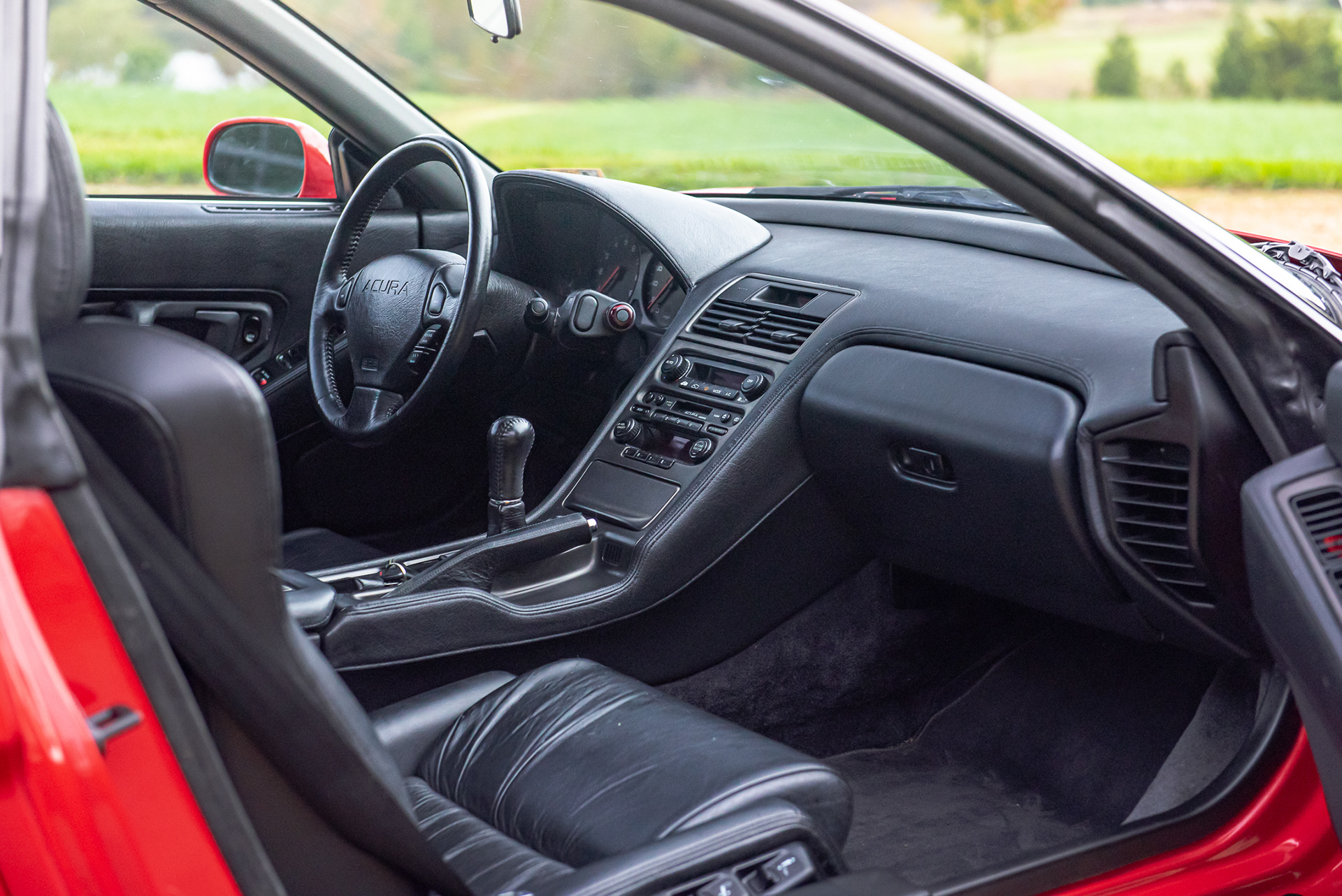
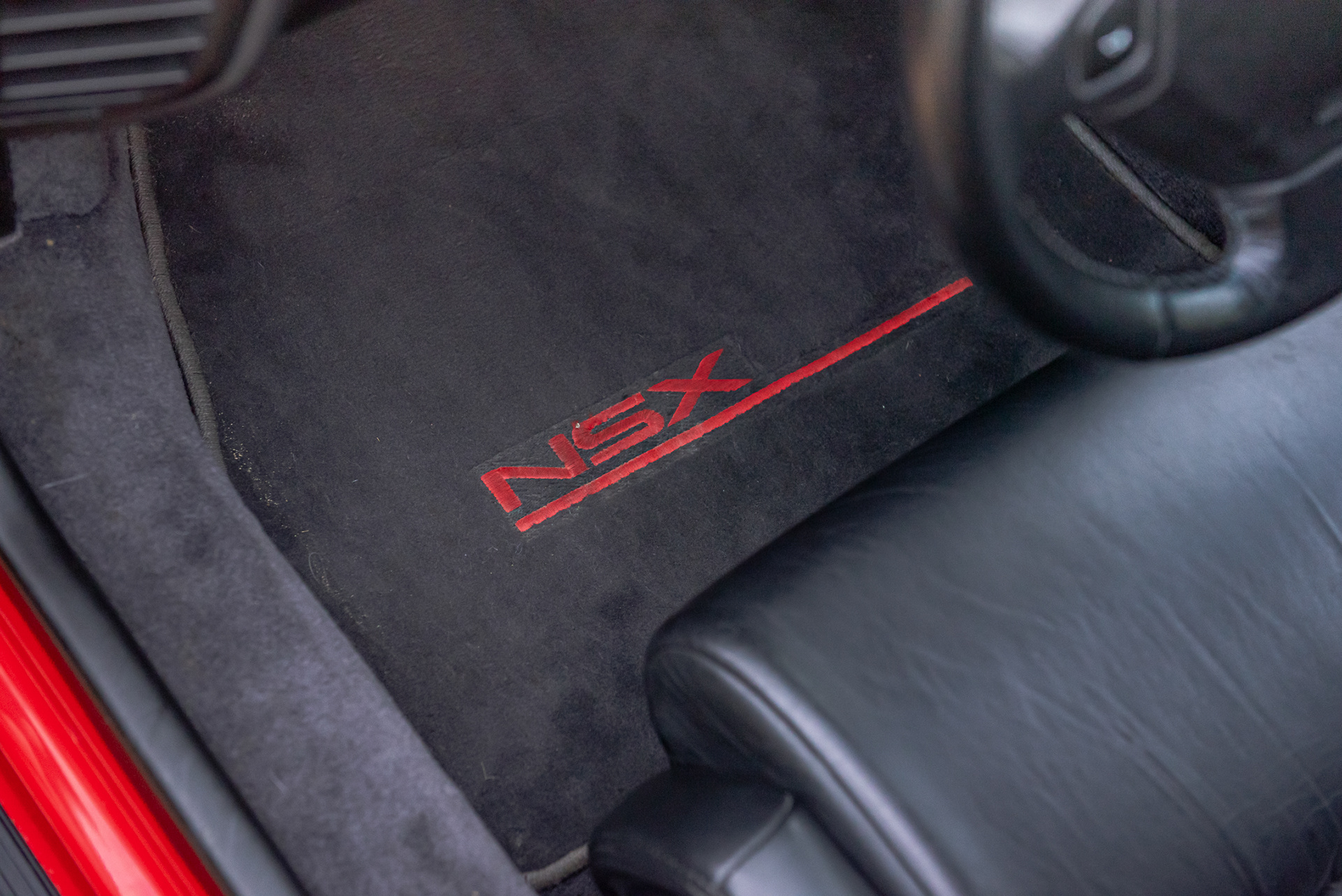
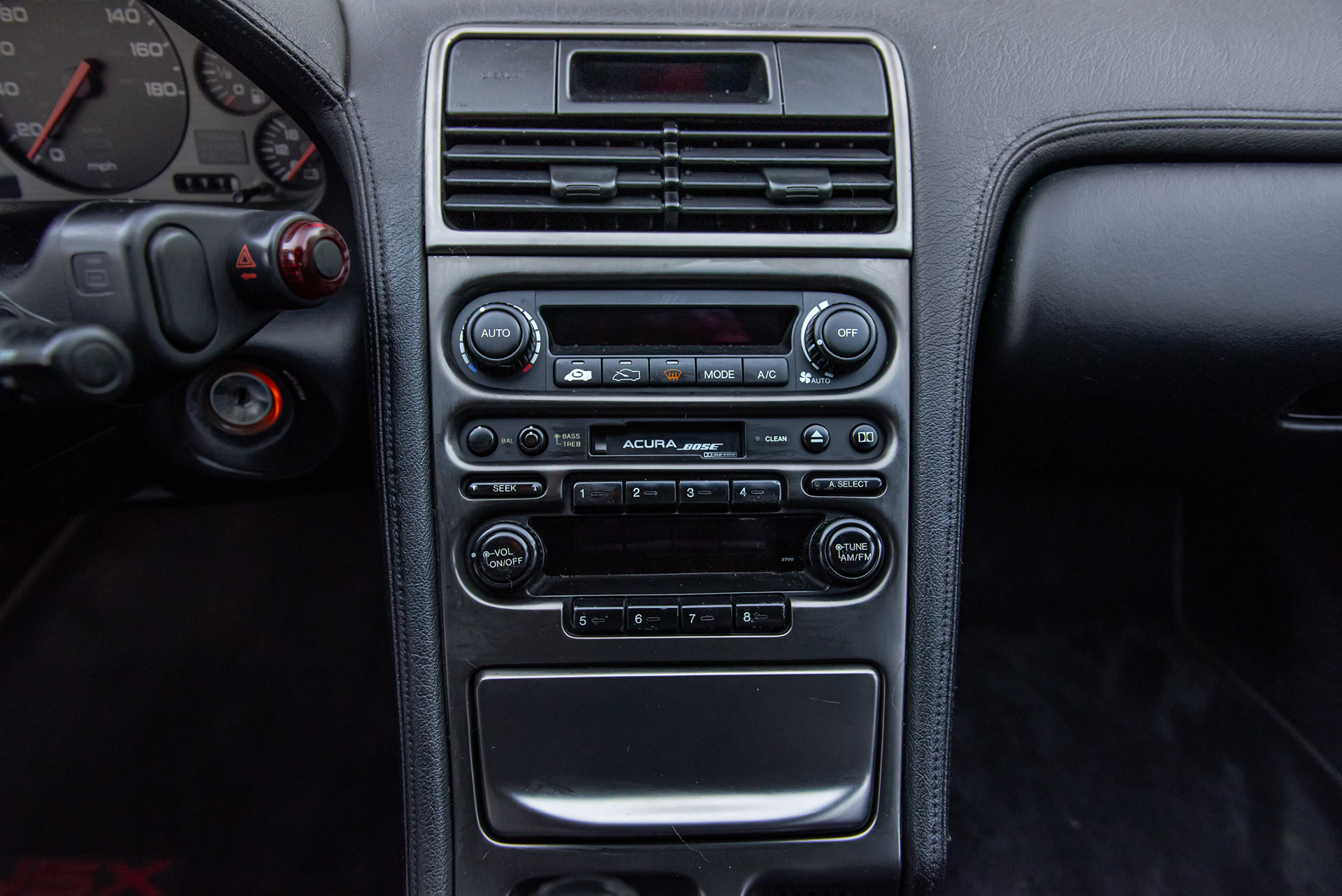
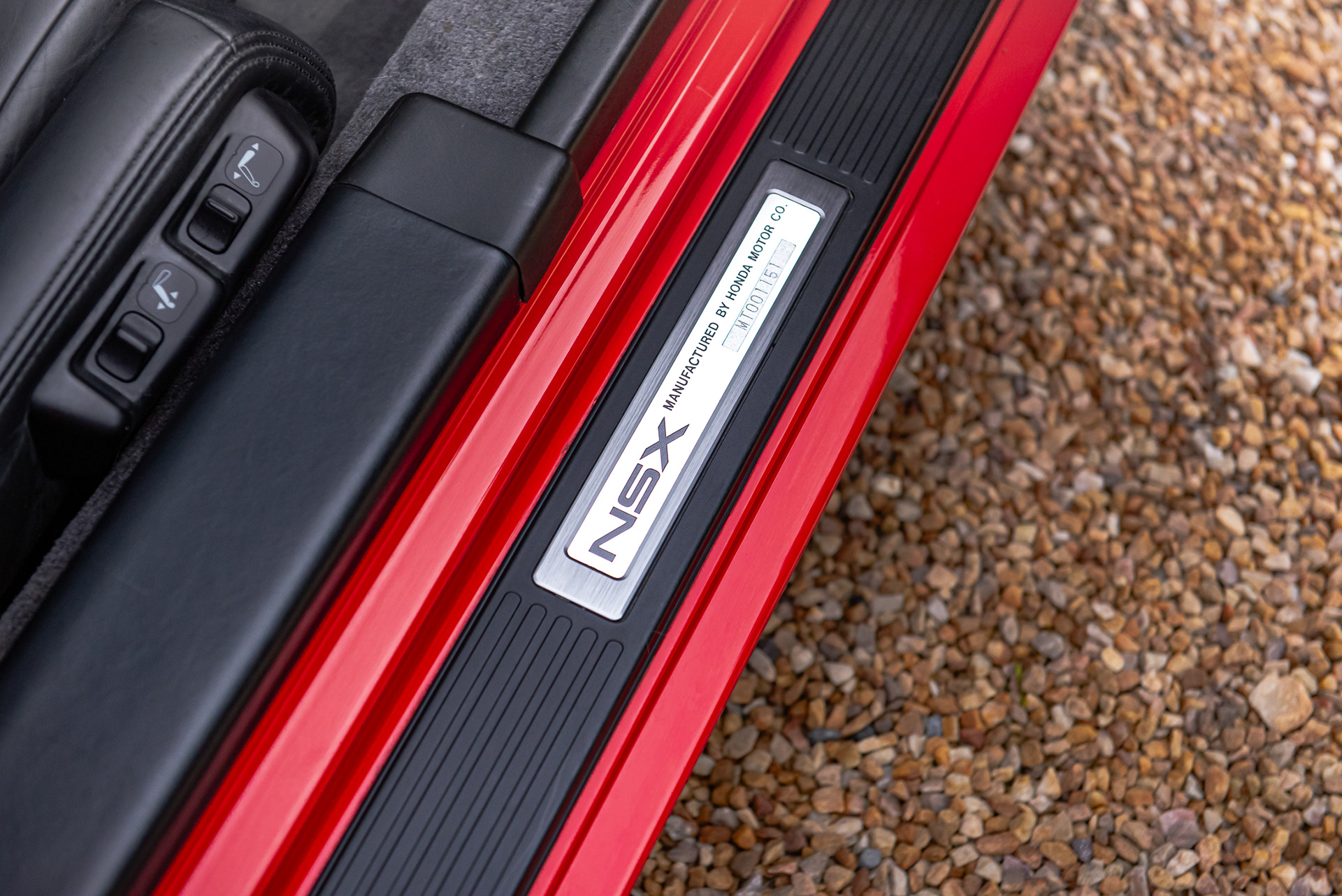
Engine Bay, Trunk and Undercarriage
• 3-5 Photos, Each•
All of these areas are pertinent to the sale of your vehicle. Noting any applicable components, electronics, blemishes, tags or decals that may add to your listing.
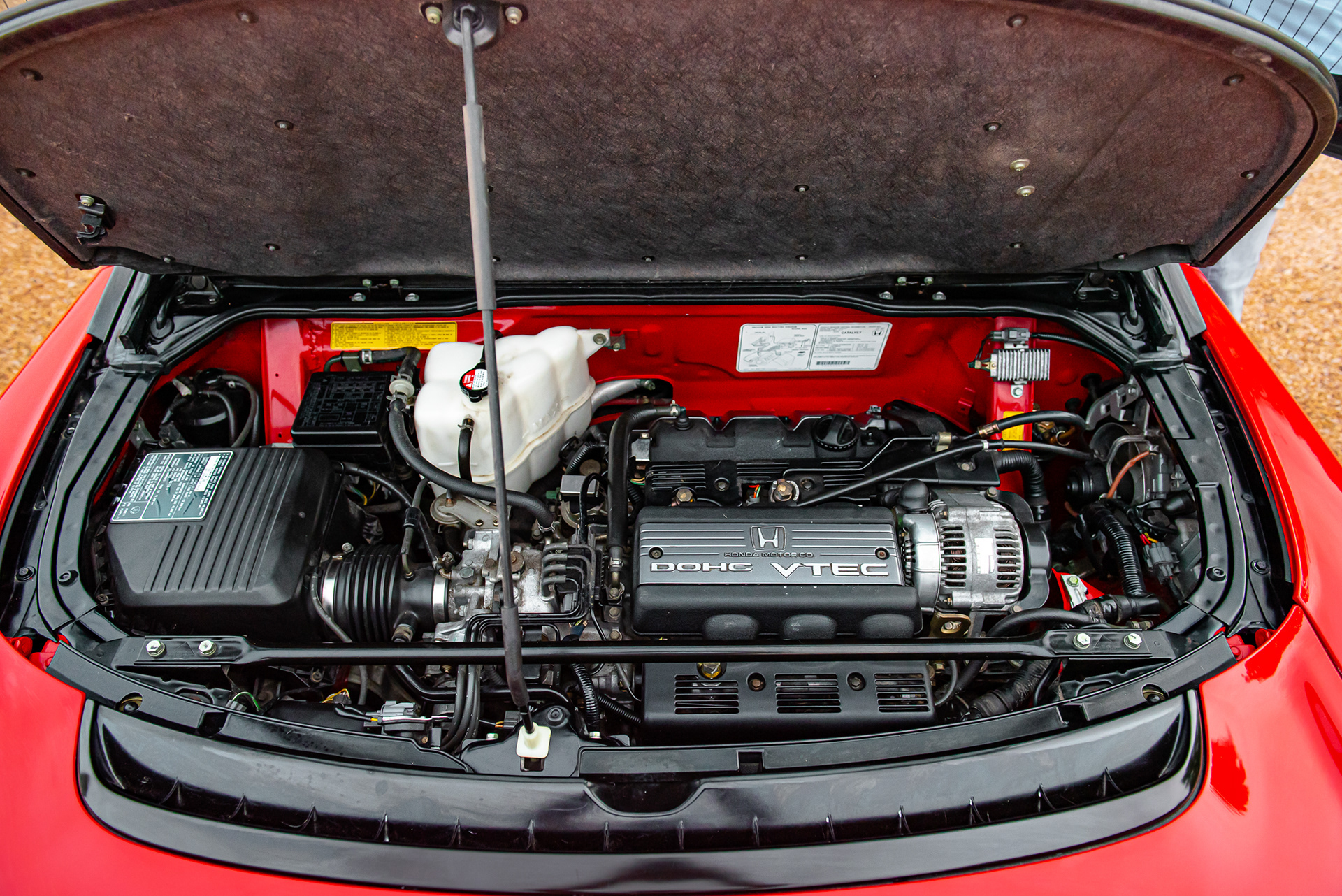
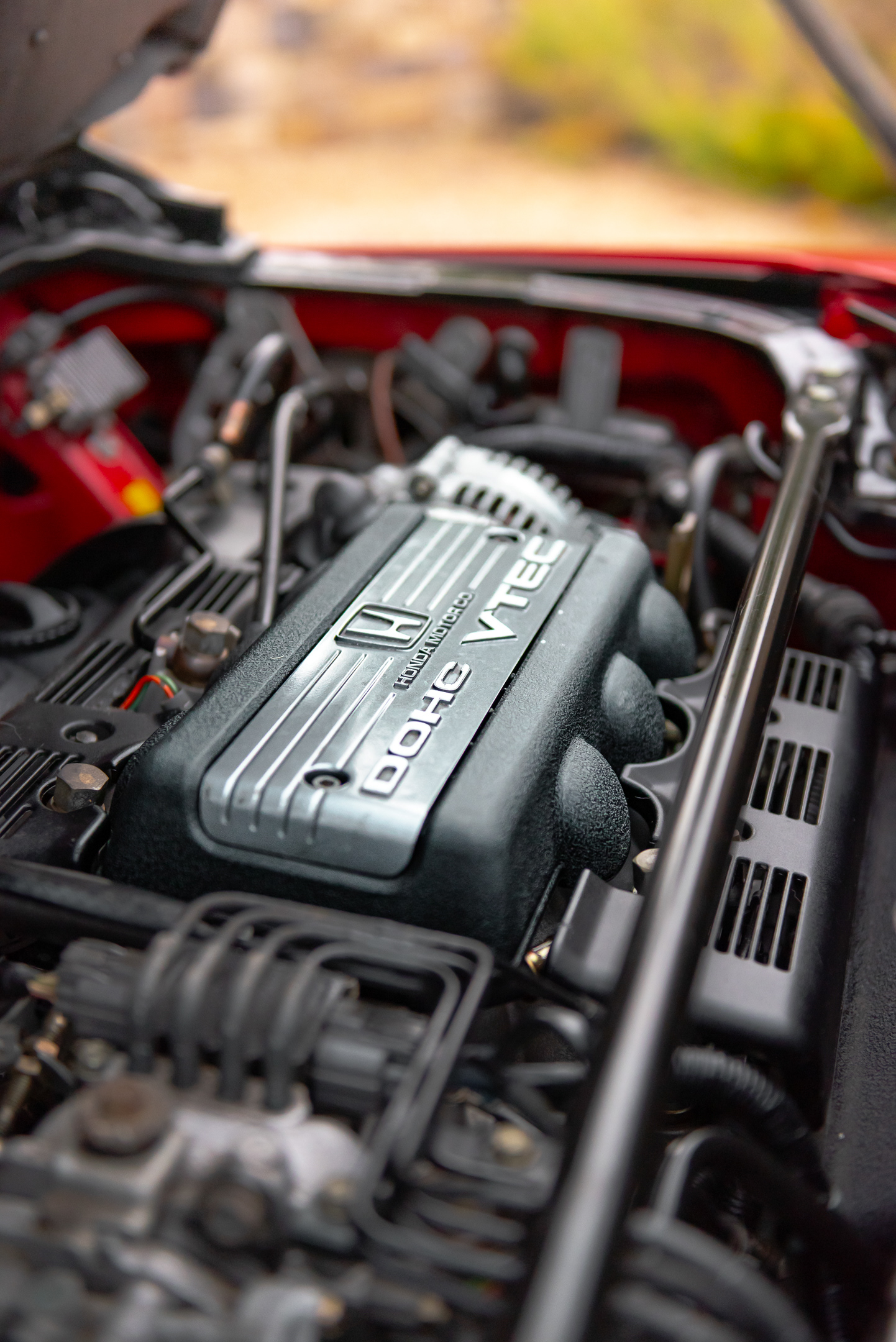



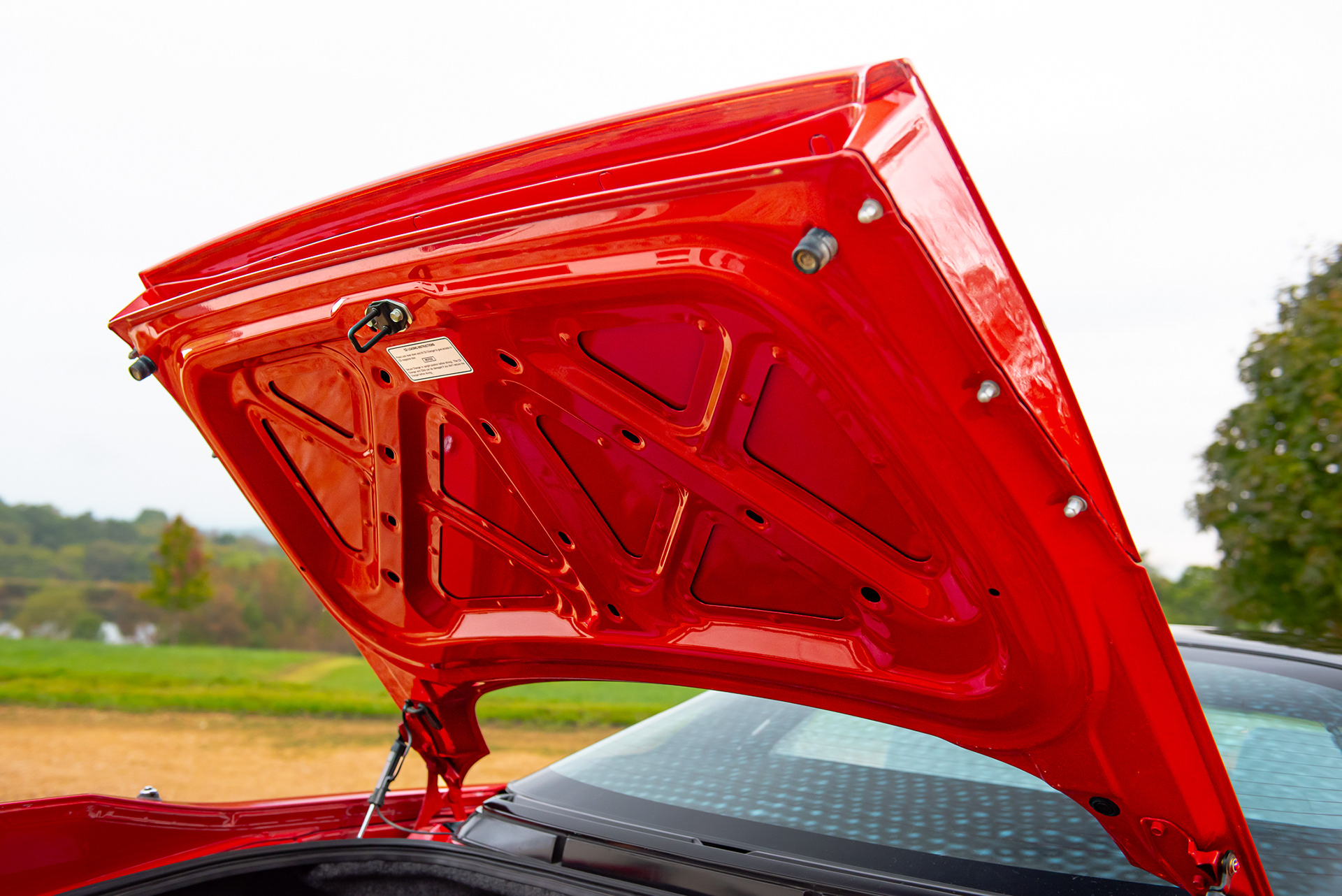

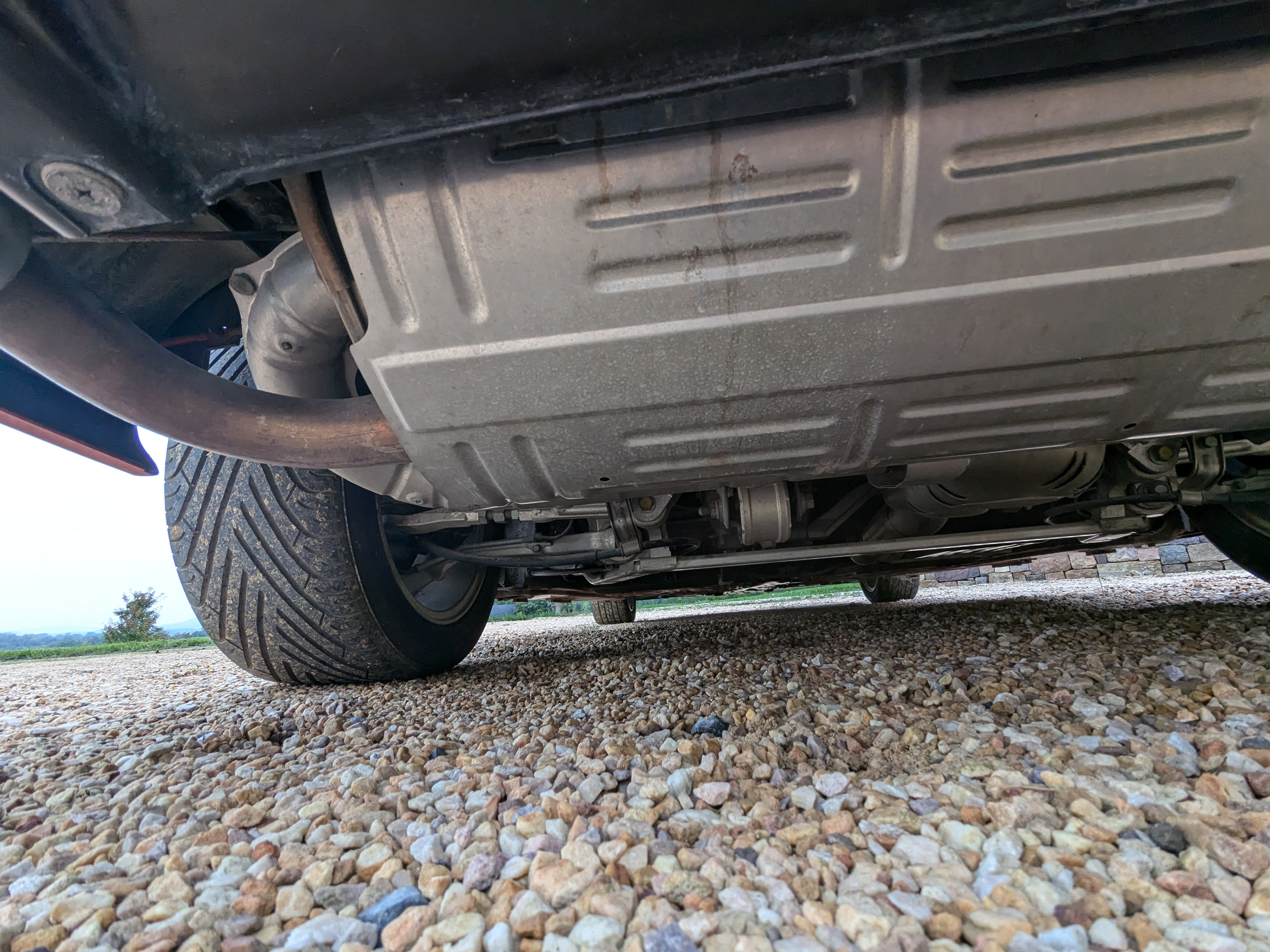
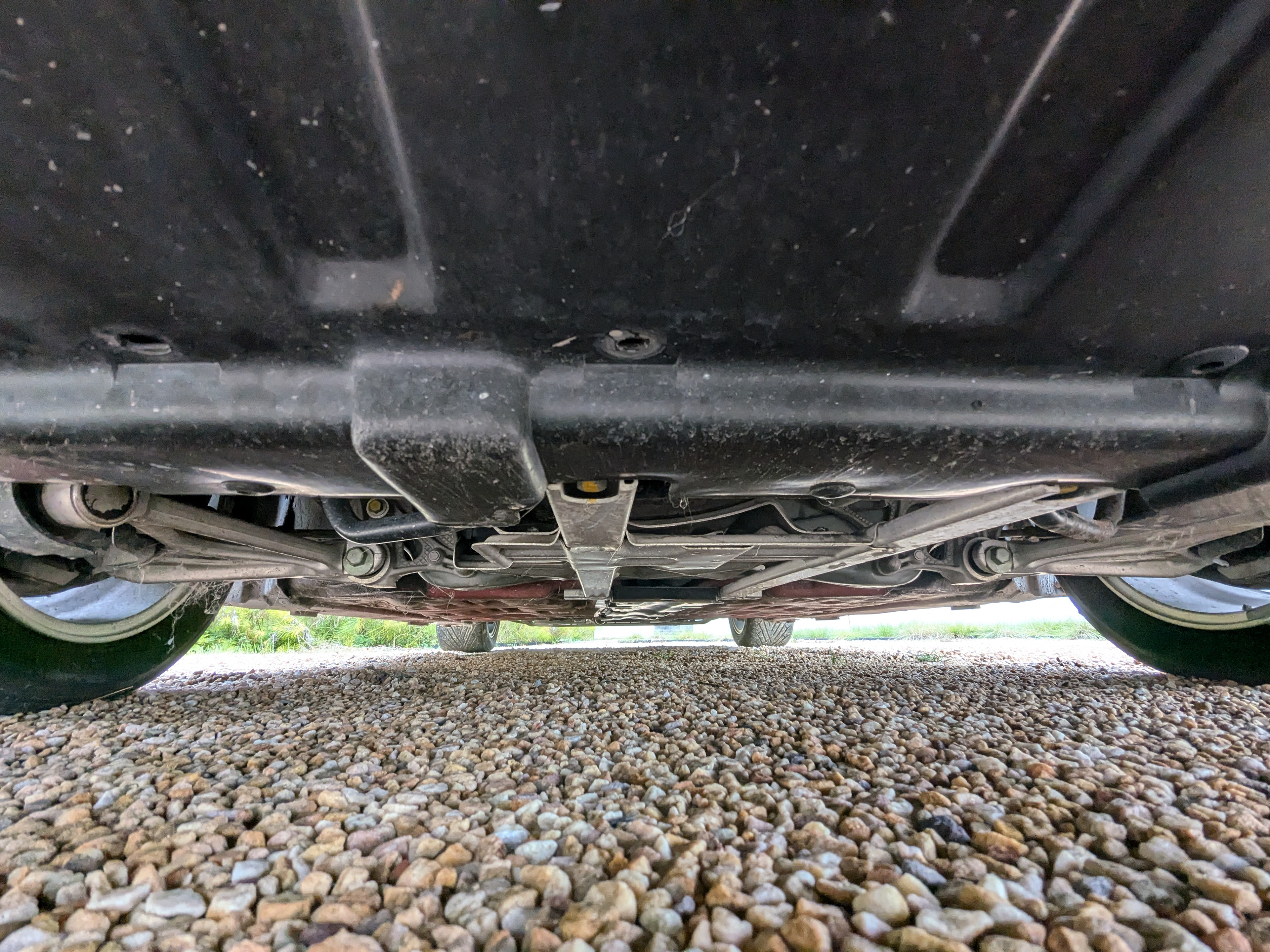
Documentation and Any Additional Photos
• Photos vary on this one, generally 2-5 •
Get a general overview photo of any paperwork, maintenance records, original window stickers, receipts, etc that go along with the car. Think: Things that may be in your glovebox or stored away for safekeeping.
A photo showing all keys for the vehicle is helpful.
Include any glamour shots or photos that you think may help your sale here as well.
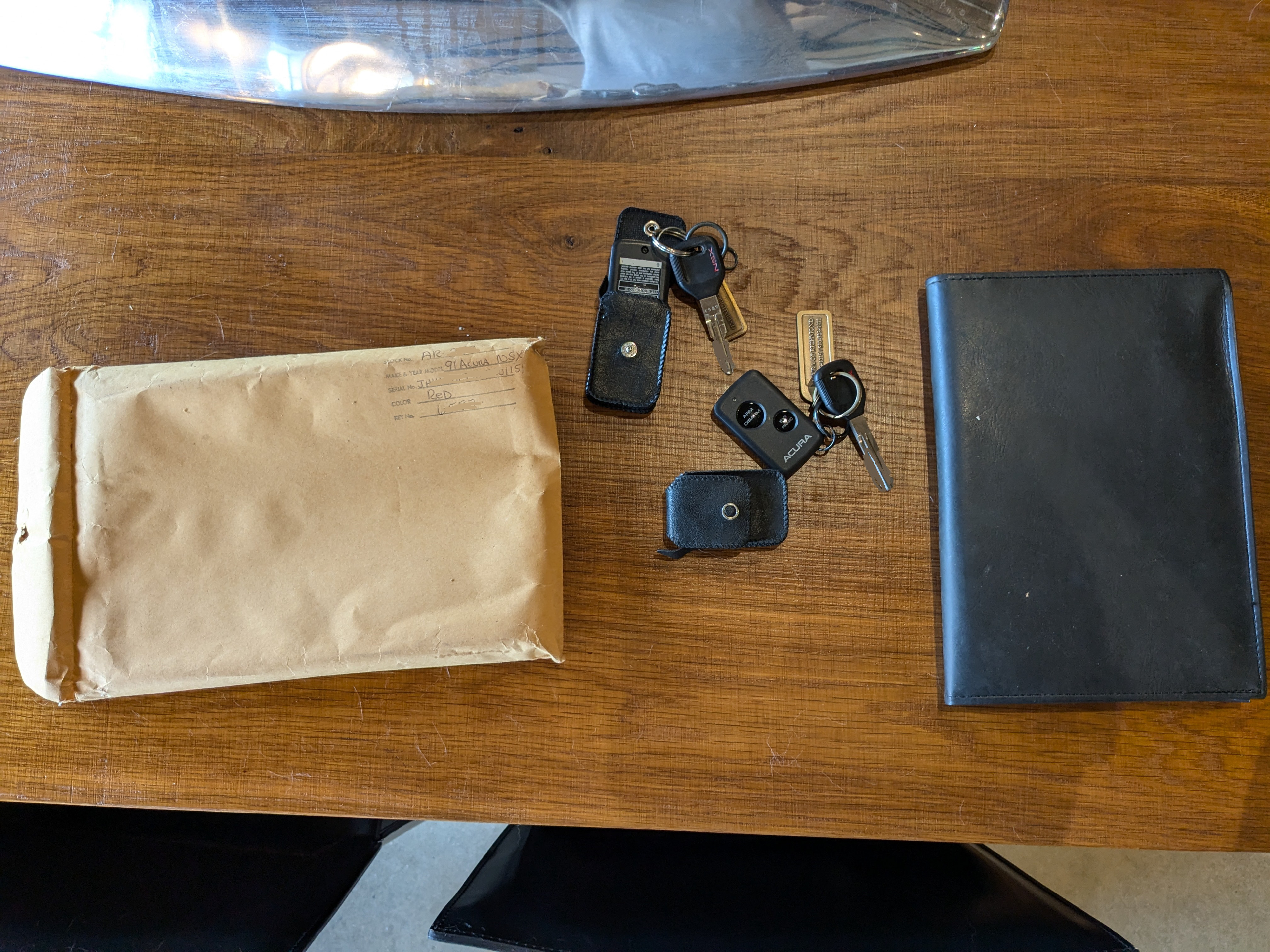

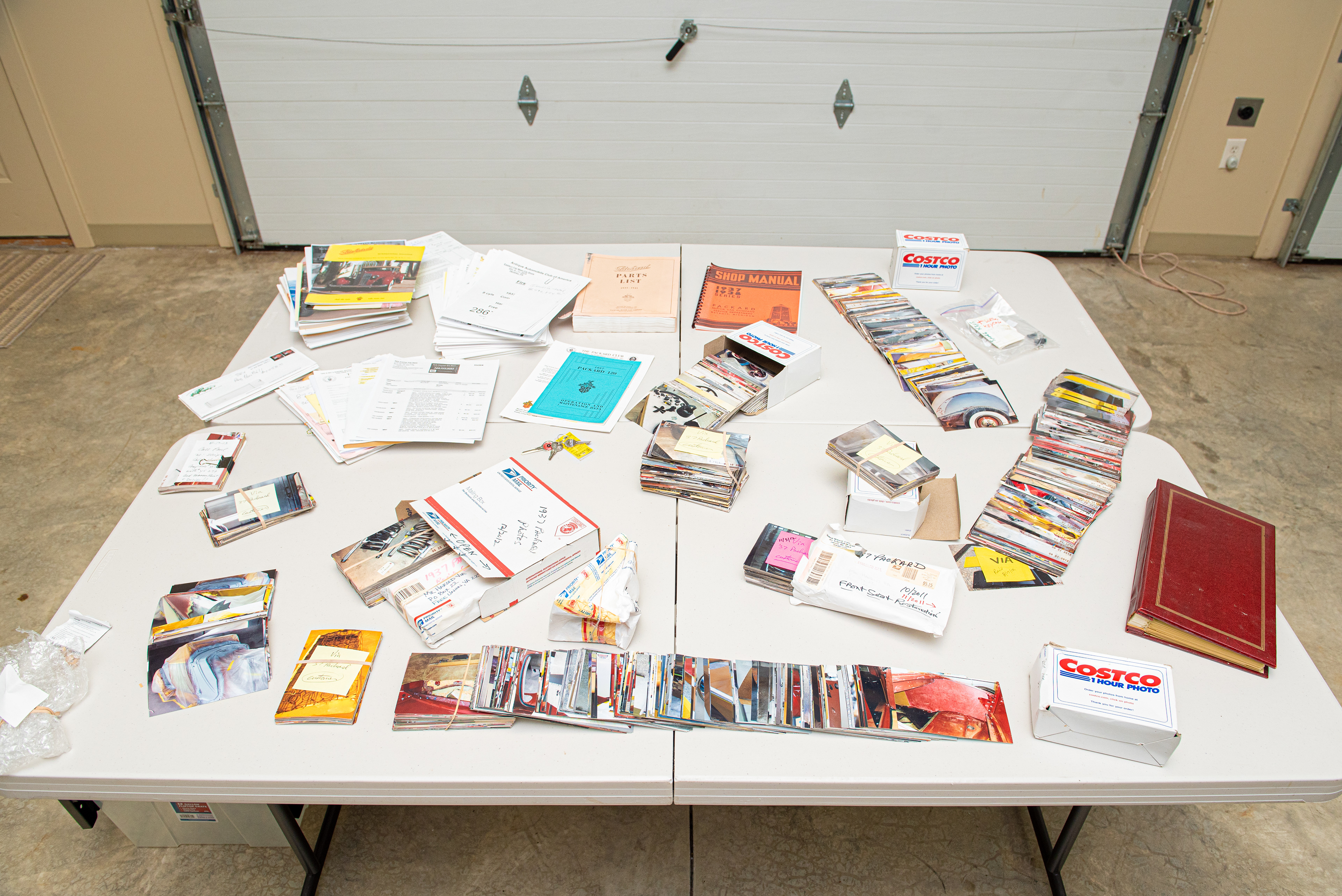
Delivery of Photos
The simplest way to send these is to use Google Drive or similar means of file-sharing.
Email may work as well, but some providers limit the quantity and quality of photos being sent.
